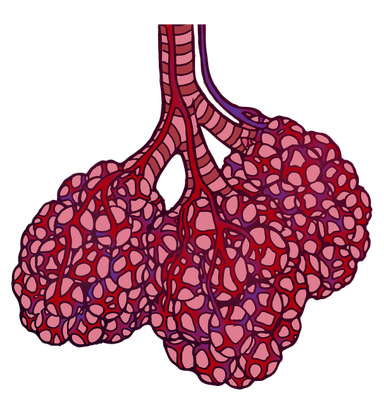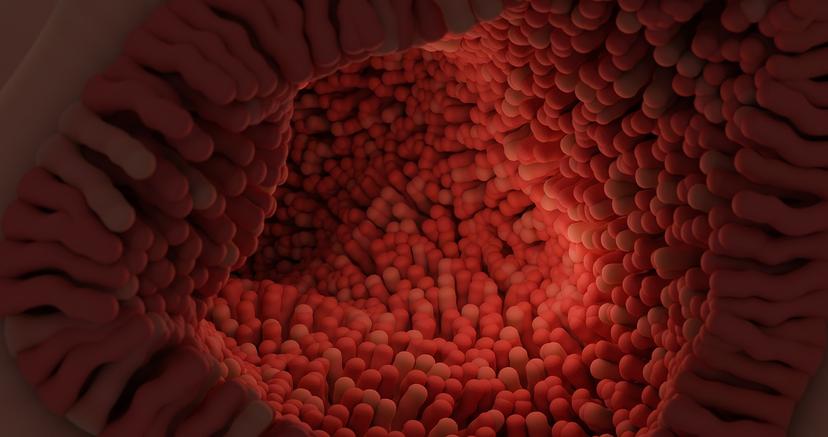The importance of exchange surfaces and transport systems in humans
I can explain how exchange surfaces and transport systems enable cells in multicellular organisms to be quickly supplied with substances they need to stay alive.
The importance of exchange surfaces and transport systems in humans
I can explain how exchange surfaces and transport systems enable cells in multicellular organisms to be quickly supplied with substances they need to stay alive.
These resources will be removed by end of Summer Term 2025.
Lesson details
Key learning points
- Consequences for living organisms of relationship between surface area:volume ratio and diffusion time.
- Reasons why a small surface area (relative to volume) could be a disadvantage to living organisms.
- The circulatory system minimises diffusion distance for oxygen and food molecules so cells can be supplied quickly.
- Examples of exchange surfaces in humans (e.g. alveoli in lungs, villi in digestive system).
- The exchange surfaces are adapted to maximise surface area for diffusion of particles of essential substances and waste.
Keywords
Surface area - The total area of the surface of an object.
Surface area to volume ratio - The relationship between the surface area and the volume of a shape.
Diffusion - The net movement of particles from an area of higher concentration to an area of lower concentration.
Exchange surfaces - A specialised surface which enables the efficient exchange of substances.
Common misconception
Pupils may think that villi and alveoli increase surface area without changing volume.
These ideas are explored in detail with examples and demonstrations using cube animals. The issue of surface area to volume ratio and diffusion rate is covered thoroughly, along with solutions to the issues in humans.
To help you plan your year 10 biology lesson on: The importance of exchange surfaces and transport systems in humans, download all teaching resources for free and adapt to suit your pupils' needs...
To help you plan your year 10 biology lesson on: The importance of exchange surfaces and transport systems in humans, download all teaching resources for free and adapt to suit your pupils' needs.
The starter quiz will activate and check your pupils' prior knowledge, with versions available both with and without answers in PDF format.
We use learning cycles to break down learning into key concepts or ideas linked to the learning outcome. Each learning cycle features explanations with checks for understanding and practice tasks with feedback. All of this is found in our slide decks, ready for you to download and edit. The practice tasks are also available as printable worksheets and some lessons have additional materials with extra material you might need for teaching the lesson.
The assessment exit quiz will test your pupils' understanding of the key learning points.
Our video is a tool for planning, showing how other teachers might teach the lesson, offering helpful tips, modelled explanations and inspiration for your own delivery in the classroom. Plus, you can set it as homework or revision for pupils and keep their learning on track by sharing an online pupil version of this lesson.
Explore more key stage 4 biology lessons from the Transport and exchange surfaces in humans unit, dive into the full secondary biology curriculum, or learn more about lesson planning.

Licence
Starter quiz
6 Questions


Exit quiz
6 Questions




